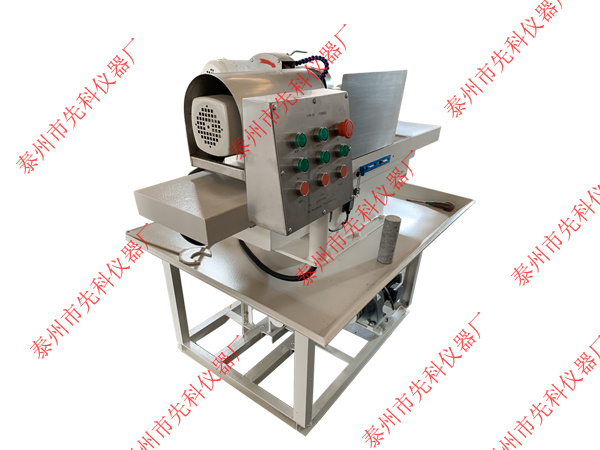How does a core drill work?
Release Date:
2023-01-11
How does a core drill work? A core drill is a machine and equipment that uses tools harder and sharper than the target to leave a cylindrical hole or hole on the target through rotary cutting or rotary extrusion. It is also known as a drilling machine, boring machine, core drill, through-hole machine, etc. The desired effect is achieved by drilling precision parts.
How does a drilling and sampling machine drill holes?

A drilling and sampling machine refers to machinery and equipment that uses tools harder and sharper than the target to create cylindrical holes or openings on the target through rotary cutting or rotary extrusion. It is also known as a drilling machine, drill press, bore sampling machine, through-hole machine, etc. The desired effect is achieved by drilling precision parts. There are semi-automatic drilling machines and fully automatic drilling machines. With the increasing cost of human resources, most enterprises are taking automatic drilling machines as their development direction. With the development of the times and the improvement of automatic drilling machine drilling technology, using fully automatic drilling machines to drill various metal molds, watch straps, watchbands, and jewelry has obvious advantages.
How does a drilling and sampling machine drill? If you've seen a drilling rig in a factory or used the same principle for drilling holes and pipes in walls (except for impact drills) in construction, first, there should be a drill bit hard enough to penetrate the ground, then a coring tool, then a drill pipe that can transmit rotation, and also a water pump or fan that can provide cooling. Not only that, but there should also be equipment that can provide rotary propulsion, called a drilling rig. Therefore, drilling is achieved by continuously carving underground rocks with a drill bit. Drilling refers to the operation of making holes in solid materials with a drill bit. This article introduces drilling work in exploration, auxiliary tools required for drilling, and some emergency measures. In geological exploration, a cylindrical hole with a smaller diameter and greater depth drilled underground using drilling equipment is also called a bore. Drilling for oil, gas, and groundwater involves larger bore diameters. The diameter and depth of the bore depend on the burial depth of geological and mineral resources and the purpose of the drilling.
We know that there are many types of drilling formations. Casing is used to protect the wellbore, usually at the drilling point, to prevent wellhead collapse. It can also be used as a support section for oil wells. Drilling and sampling machines have several coring tools. For rocks, there is a coring tool called a core barrel, which is divided into two types: gripping tools and material gripping tools. A gripping tool is a method that automatically grips the core out of the hole when the drilling rig is lifted. By feeding steel pellets down from the drill pipe, friction is created between the rock (core) in the pipe and the inner wall of the pipe, and the stuck material is removed.
One is core drilling: In construction, there are two types of wall drilling. One is solid drilling, such as drilling expansion bolt holes in construction. The other type of drill bit is hollow, like a tubular body. This drill bit performs annular cutting, forming a cylindrical prototype, for example, when constructing large pipes through walls, often called a core. The second is the sampling method: As mentioned above, one step is to generate the core. We can achieve this with a hollow drill without overall cutting and with a core. The second step is to cut off the bottom of the core, grip the bottom of the core by clamping material (or an elastic retaining ring) and twist the core under the action of rotational force, and the second step is to pull the core out of the hole while pulling it to the surface.
Related News


